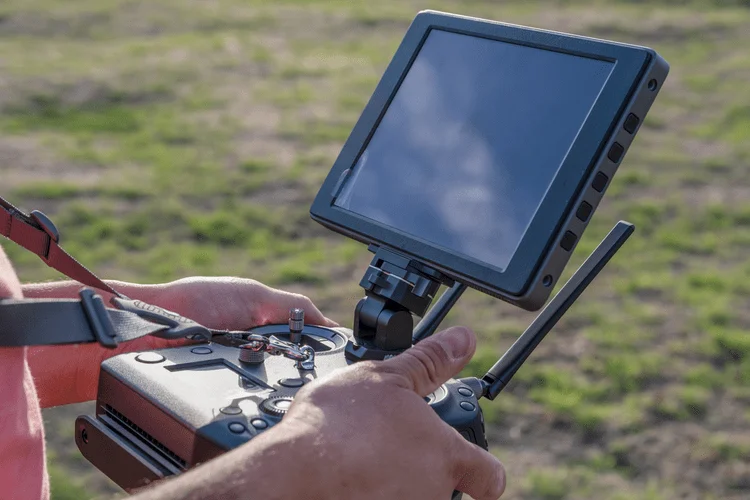Hackers never stop looking for potential security vulnerabilities in software applications. Function coverage will be satisfied if, during this execution, the function foo was called at least once. Statement Coverage guarantees every line of code is executed at least once during testing. In this scenario, two tests need to be created, which result in true and false. For example, in this code, there is one Boolean condition that tests if the product of x and y is greater than the product.
Path Coverage ensures all sequential processes of the codebase paths are measured. Condition coverage ensures all Boolean evaluations are executed at least once independently during testing. Branch coverage encourages code quality and adherence to coding standards by encouraging disciplined programming practices, which raises the software’s overall stability and maintainability. Branch Coverage is a structurally based technique that checks both conditional and unconditional branches. The main aim of branch coverage is to cover all the branches at least once .
Advances on Improving Automation in Developer Testing
As you’ll soon see, branch coverage is more nuanced than other metrics. A different metric can be at 100%, while branch coverage is lower. By only tracking the other metric, a team can have an unjustified degree of confidence in their code, and important defects might go unnoticed until they manifest in production.

Additionally, you can have different goals and thresholds for different types of test cases such as unit tests, integration tests, or system tests. To set branch coverage goals and thresholds, you need to consider several factors such as requirements, risks, standards, resources, constraints, feedback, and expectations. This is also termed as predictive coverage and is a white-box code coverage test that analyzes every possible Boolean condition in the codebase and determines if it has been tested or not. Boolean expressions are statements in software development that evaluate to either true or false.
What is Code coverage?
However, it does not expose any behavioral difference when comparing the output upon execution in both versions. As software regression is observable only for input that exposes a behavioral difference, we can conclude that even a path coverage-adequate test suite may not expose software regression. Although instructions retired produces less overhead than CPU cycles on average, the effect can be seen in terms of statement coverage.

The Consortium for Information & Software Quality report indicates that poor-quality software costs about $2.08 trillion in the US alone. •The relationship between test suite size and covering array strength varied among the programs tested. Avionics industry standard DO-178B and automotive industry standard IEC detail similar requirements. Satyam https://www.globalcloudteam.com/glossary/branch-coverage/ manages Aldec’s leading FPGA design entry and simulation tool – Active-HDL. In Electronics Engineering from Sardar Patel University, India in 2003 and M.S in Electrical Engineering from NJIT, New Jersey in 2005. His practical engineering experience includes areas in Solid state electronics, Digital Designing and functional verification.
What are some best practices for achieving high branch coverage in test engineering?
The effectiveness of the infrastructure is analyzed based on statement coverage. Integrations with popular development environments makes it easy for a Ranorex user to create, maintain and incorporate test automation into their existing workflow. With the addition of Ranorex DesignWise and its integration, users can be confident they are maximizing their test automation to achieve optimal test coverage. Regardless of the kind of testing, tools like Ranorex Studio can help ensure you get the appropriate coverage to minimize risks and protect your software. Branch testing also provides a method to measure the fraction of independent code segments and also helps you to find out which is sections of code don’t have any branches. Test coverage was among the first methods invented for systematic software testing.

Branch coverage testing is important because it ensures that all possible scenarios in the software application are tested. This is important in ensuring that the software is robust and that there are no hidden defects that could cause problems in the future. By performing branch coverage testing, testers can ensure that the application is thoroughly tested and that it is ready for release to the public. Condition Coverage or expression coverage is a testing method used to test and evaluate the variables or sub-expressions in the conditional statement.
How Can You Ensure You’ve Taken Optimal Coverage Measures?
You can use techniques like load testing and stress testing to test these requirements. However, this set of tests does not satisfy branch coverage since neither case will meet the if condition. In the above code, 50% branch coverage is achieved by test case #1. In the above code, 71.5% statement coverage is achieved by test case #1. When a test suite is run, code coverage records which lines of code were hit.

A Finite State Machine is a mathematical computational model that is used to describe the behavior of a system by defining a finite number of states and transitions. In software development, FSM is used to model systems like control systems and communication protocols. Finite State Machine coverage testing is a metric measured during code coverage to test the extent to which states and transitions of an FSM have been executed during testing. This technique is also important in ensuring that the software meets regulatory compliance requirements. By using branch coverage testing, testers can ensure that the software is of high quality and meets all industry standards.
Covergroups and Other Coverage Types
A higher percentage means a higher level of coverage and confidence in your code. C1 stands for statement coverage and C2 for branch or condition coverage. With a combination of C1 and C2, it is possible to cover most statements in a code base. Statement coverage would also cover function coverage with entry and exit, loop, path, state flow, control flow and data flow coverage. With these methods, it is possible to achieve nearly 100% code coverage in most software projects. Decision Coverage is a white box testing technique which reports the true or false outcomes of each boolean expression of the source code.
- The difference between line coverage and statement coverage is that the correspondence between statements and lines isn’t always one to one.
- Branch coverage is a software testing metric that measures the percentage of branches or decision points in the code that have been executed during testing.
- A “branch” is one of the possible execution paths the code can take after a decision statement—e.g., an if statement—gets evaluated.
- When a test suite is run, code coverage records which lines of code were hit.
Branch coverage testing works by analysing the code in the software application and identifying all of the possible branches that can be executed. Tests are then created to ensure that https://www.globalcloudteam.com/ each branches is executed at least once during the testing process. The results of the tests are then analysed to determine whether all of the branches of code have been executed.
Example of Branch Coverage
Many paths may also be infeasible, in that there is no input to the program under test that can cause that particular path to be executed. However, a general-purpose algorithm for identifying infeasible paths has been proven to be impossible . Basis path testing is for instance a method of achieving complete branch coverage without achieving complete path coverage.
